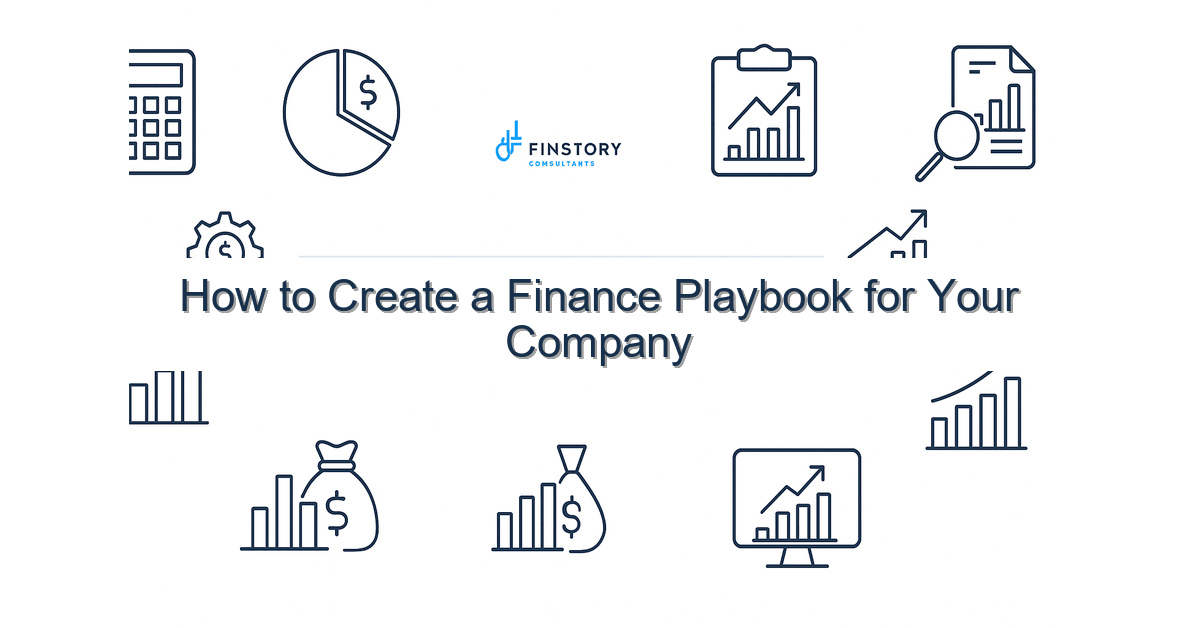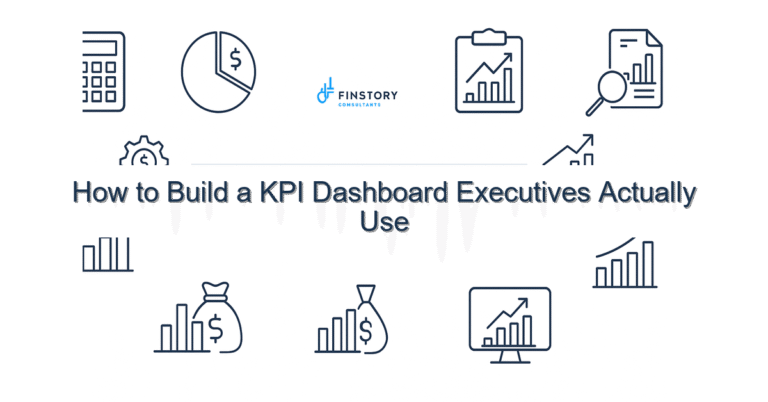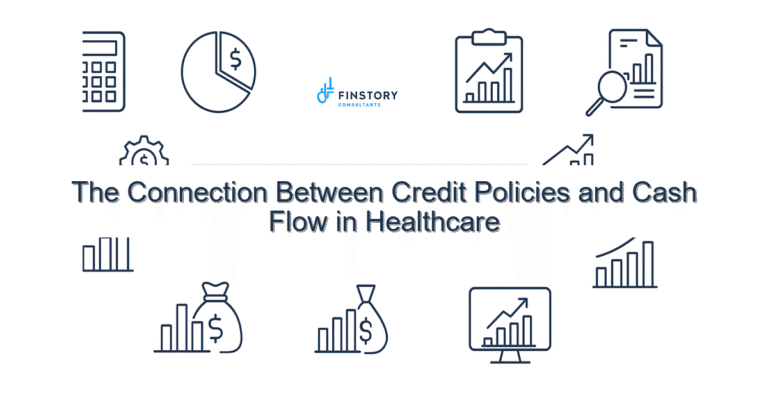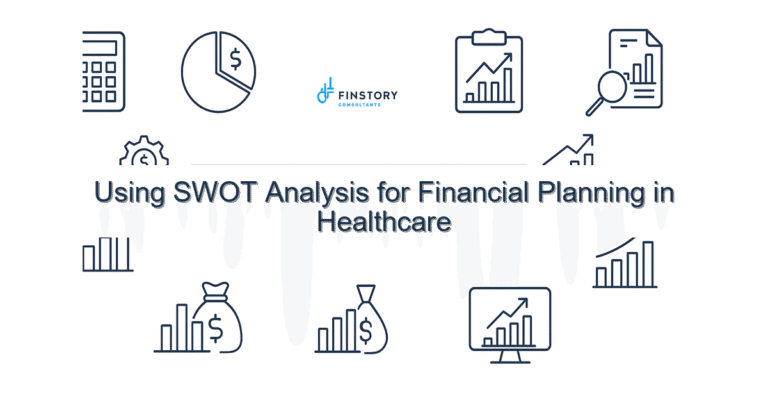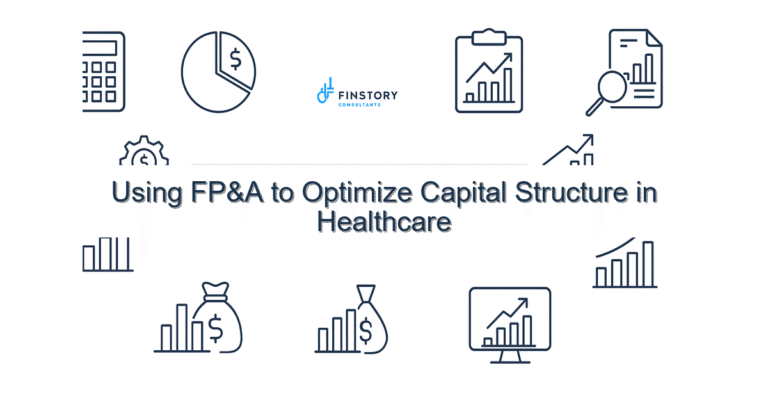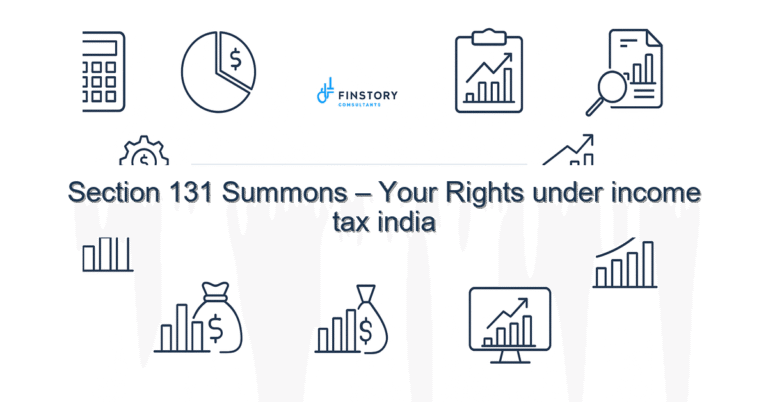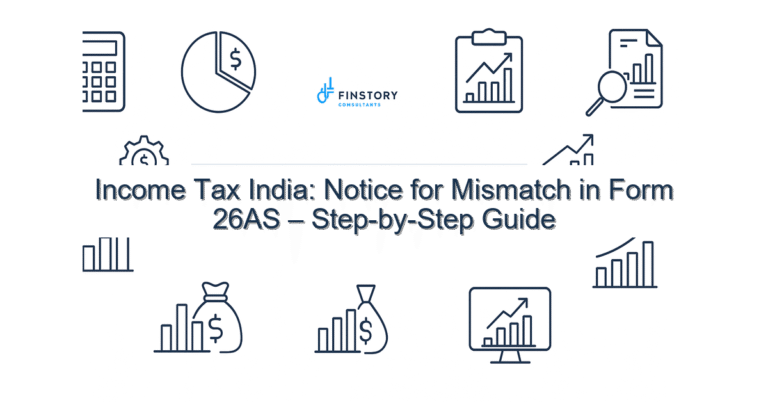How to Create a Finance Playbook for Your Company
Every month you close, it feels like rebuilding the plane while flying it: last-minute journal entries, ad hoc spreadsheets, and leadership asking for answers you don’t trust. You’re not alone—healthcare finance teams tell us this cycle steals time, morale, and insight.
If this is your world, you’re not alone—here’s how leaders are fixing it.
Summary: A clear finance playbook gives your team repeatable processes, reliable data, and a faster close so you can move from firefighting to advising. Follow a simple framework to create a finance playbook for your company that aligns operations, automates routine tasks, and delivers trusted reporting to executives and clinicians.
What’s the real problem?
In many healthcare organizations, finance work is tribal knowledge. People know how things get done, but not why. That means your results depend on individuals, not systems.
- Symptom: The monthly close takes too long and often requires overtime from senior staff.
- Symptom: Forecasts are treated as one-off guesses instead of directional tools.
- Symptom: Reporting requests spiral—leadership asks for numbers that don’t match your ledger.
- Symptom: Compliance and audit readiness are fragile because workpapers live in people’s inboxes.
What leaders get wrong
Leaders often believe a single “better spreadsheet” or a new ERP module will solve these issues. That’s an easy mistake: tools help, but without defined processes and roles they just make a mess faster.
Common pitfalls:
- Trying to automate before documenting the process. You automate the wrong steps and reinforce bad habits.
- Leaving ownership diffuse. If no one owns reconciliations, they become late or inaccurate.
- Over-customizing reports for every leader instead of standardizing core metrics.
Cost of waiting: Every month you delay, the close stays slow and forecasting errors compound—delaying decisions that affect revenue and patient care.
A better approach to your finance playbook
Think of a finance playbook as three things: process documentation, role assignments, and a minimal technology stack that enforces consistency. Here’s a compact framework you can apply this quarter.
- Define outcomes, not just tasks. Start by agreeing on the decisions your playbook should enable (e.g., accurate weekly cash forecast, 5-day close).
- Map the workflow. Document each step: inputs, outputs, owner, frequency, and system of record. Keep it visual and short.
- Standardize templates & controls. One reconciliation template, one journal template, one variance pack format.
- Automate what repeats. Use finance automation for reconciliations and Power BI for standardized dashboards.
- Train and measure. Run the playbook for two cycles, capture issues, and iterate.
Real-world proof: A regional hospital group we worked with formalized this framework and cut their monthly close from 11 days to 7 days while reducing forecast variance by 18% in two quarters.
Want a 15-minute walkthrough of this approach? We’ll show a playbook template and a sample Power BI dashboard in 15 minutes.
Quick implementation checklist
- List top 6 finance outcomes your leaders need (cash, margin, AR days, etc.).
- Run a one-hour mapping session: capture current close steps end-to-end.
- Assign owners for reconciliations, reporting, and journal approvals.
- Create a single reconciliation template and move it to a shared location.
- Set a target close window (e.g., 5–7 days) and publish it to leaders.
- Enable one recurring automation (bank feeds, AR aging pulls, or GL reconciles).
- Build 3 core Power BI reports: Close Summary, Cash Forecast, Operational KPIs.
- Run two parallel closes: current process vs. playbook process, compare metrics.
- Hold a 30-minute retro after the second run and lock in changes.
What success looks like
Measure outcomes, not activity. The playbook succeeds when it changes decisions and reduces noise.
- Close accuracy: >99% GL / reporting reconciliation.
- Close cycle time: reduce monthly close to 5–7 days.
- Forecast reliability: forecasting MAPE (mean absolute % error) improves by 15–25%.
- Reporting lead time: leadership packet available within 48 hours of close.
- Staff time reallocated: 20–30% of senior team hours freed for strategic analysis.
- Audit readiness: 100% ready with organized workpapers for last 12 months.
Risks & how to manage them
- Risk: Resistance to change. Mitigation: Run a pilot with a supportive department and surface quick wins.
- Risk: Over-automation too soon. Mitigation: Automate after documenting the process and stabilizing flux points.
- Risk: Data inconsistencies across systems. Mitigation: Declare a single system of record for each data domain (AR, AP, payroll) and reconcile monthly.
Tools & data
Use a light stack that enforces the playbook: a finance automation layer for reconciliations and journal triggers, a single GL system, and Power BI for leadership reporting. Leadership reporting should be tied to your playbook outcomes (cash, margin, utilization).
Mini-case: One health system combined finance automation with standardized Power BI dashboards and cut monthly close time by 38%.
For more on data cleanup and reporting, see our guide to clean finance data and our financial automation services.
FAQs
How long does it take to create a finance playbook? For a first version focused on monthly close and basic forecasting, expect 4–8 weeks: map, standardize, pilot, and iterate.
Do we need a new ERP to succeed? No. Most gains come from process clarity and modest automation. New ERP can help but is rarely the first step.
Who should lead the effort? Ideally a senior finance leader (CFO or Controller) sponsors it and a process owner (FP&A lead or senior accountant) runs day-to-day execution.
Can this work for multi-hospital systems? Yes—start with a single service line or hospital, prove the model, then scale templates and dashboards across the system.
Next steps
If you’re ready to create a finance playbook for your company, start by booking a quick consult to map your current workflow and identify the fastest wins. We’ll talk through your workflow and show where automation and Power BI will pay off first.
Soft offer: download our one-page playbook template or request a demo of the playbook in action. Many clients start seeing measurable value in 30 days after the pilot.
Want to see a sample playbook and dashboard in a 15-minute walkthrough? Book a quick consult and we’ll tailor the discussion to your organization.
Work with Finstory. If you want this done right—tailored to your operations—we’ll map the process, stand up the dashboards, and train your team. Let’s talk about your goals.
Contact Finstory to book a quick consult, download the finance playbook checklist, or request a demo of our finance playbook implementation. Start seeing value in 30 days—let’s map your workflow and make your close predictable.
📞 Ready to take the next step?
Book a 20-min call with our experts and see how we can help your team move faster.
Prefer email or phone? Write to info@finstory.net
or call +91 44-45811170.
